The journey begins in an English valley six miles northwest of Sheffield and west of the village of Low Bradfield. Overlooking this valley is Thornseat Lodge, a remnant of the industrial history of Sheffield.
A short drive off Mortimer Road will take the brave traveler to this place. The once-elegant Victorian shooting lodge, which had its foundations laid in 1855, is slowly crumbling to the ground.
During the 1850s, a flyer found in one of the local newspapers spoke of 105 acres of land that were so beautiful and charming, seven acres of which were nothing but green grass and pure comfort. A local businessman saw the ad and, charmed by what he had read, he decided to buy the property.

The businessman was the owner of the William Jessup and Sons Company and was soon to become the proud landlord of this estate. But the wealth wasn’t there from the beginning. At first everything ran at a slower pace, for his father, William Jessup, was just starting in the business of steel making, and this was in the 1830s.
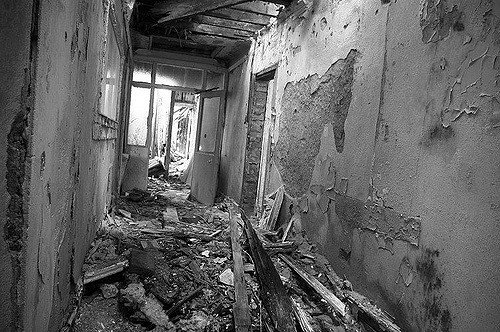
According to different sources, there is some evidence that the idea for making steel was born some 50 years prior to William. It belonged to his ancestors in 1774, in the city of Sheffield.
Over time, William grew weaker. Now it was time for his sons to pick up where William had left off. Their names were Montague, Henry, Thomas, and Sidney.
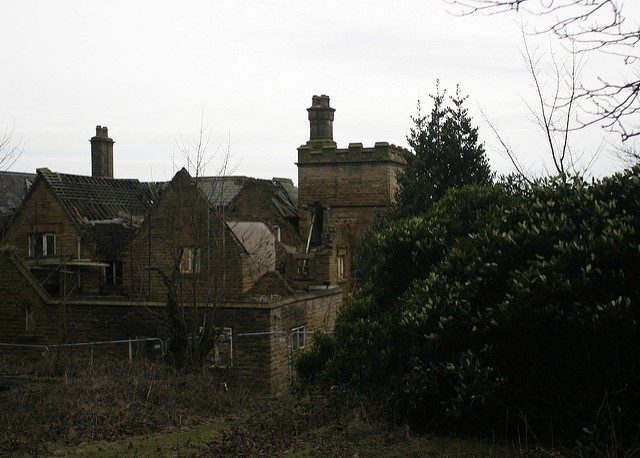
Sadly, Montague died not long after his father, and with time Henry, too, joined them when he was only 41 years old. Thomas and Sidney lived on and continued to prosper; they were raised as tough as the steel that they were producing.
Even at an early age, their father made them work shoulder to shoulder with the rest of the workers. They received no special treatment, for their father knew that money is to be handled with respect. The two youngest brothers continued the business and in no time at all became well-respected producers of steel.
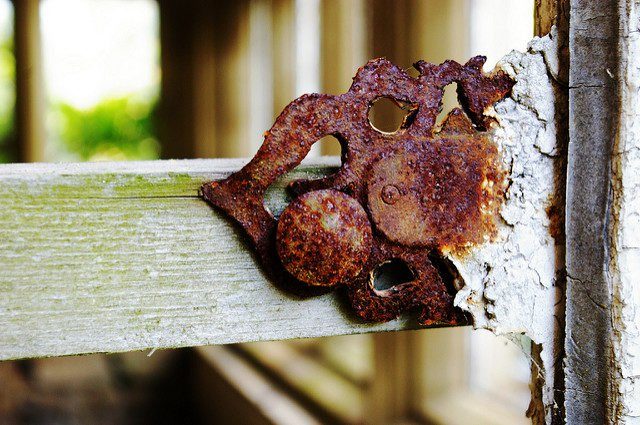
The business was booming, so they opened another division in Manchester, and this is how Sidney found out about the manor, it being on his road to Manchester. It was here that they waited on the 12th of August each year, the date of the start of the hunting season. It became Sidney’s favorite place for summer and for hunting. He would sponsor groups of 50 to go grouse hunting.
Just like his brothers and father before him, Sidney also fell ill and died, and Thomas became the only owner of William Jessup and Sons, as well as the new owner of Thornseat Lodge mansion. He quickly fell in love with the place, completely taken by its beauty. He did things for the town as well, such as establishing the Jessop Hospital for Women.
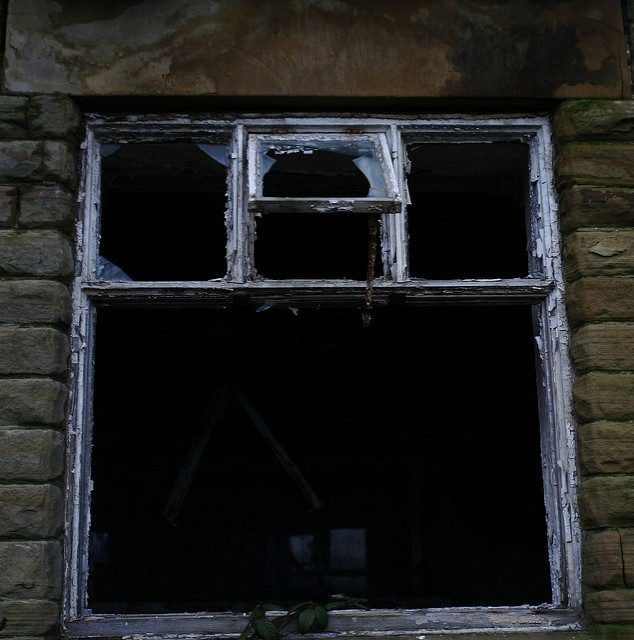
Before too long, Thomas joined his brothers and father, passing away in 1887. Thomas had one son and unsurprisingly he was named William. Hunting was in their blood, and so Thornseat Lodge became William’s favorite place, and ultimately his final destination.
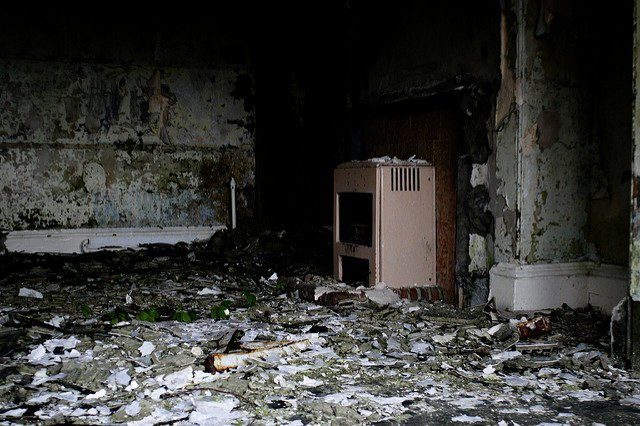
At some point, William, too, became ill. He suffered from a throat condition that made him travel half the world in search of a cure, but he found none. Thornseat Lodge was where he spent his final moments.
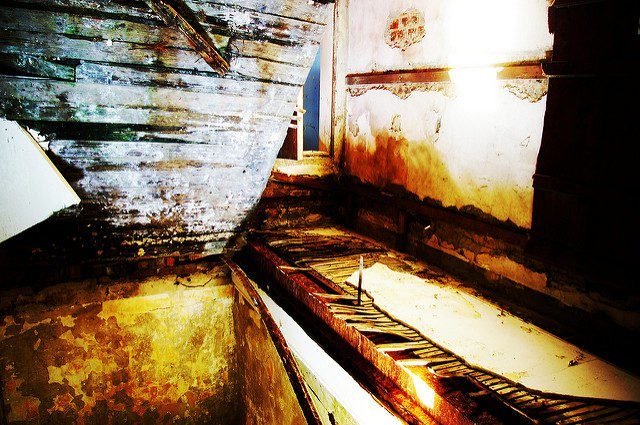
After he died, the property was sold to Sheffield City Council. They had a different idea for this place, beyond a mere leisure and shooting lodge. They turned it into an orphanage. Later, during the 1980s, the manor was sold to Doug Hague, a businessman who saw no use for it.
As time went on, the manor fell into ruins and was eventually left and forgotten. Today, it is nothing more than a ghost of the past, where the grouse that were once hunted by smartly attired gentlemen now roam freely.
